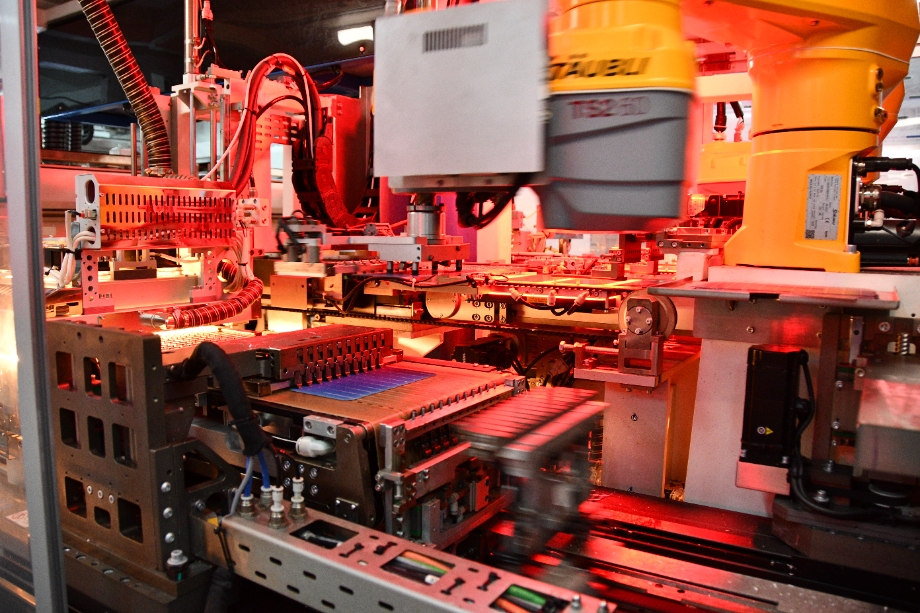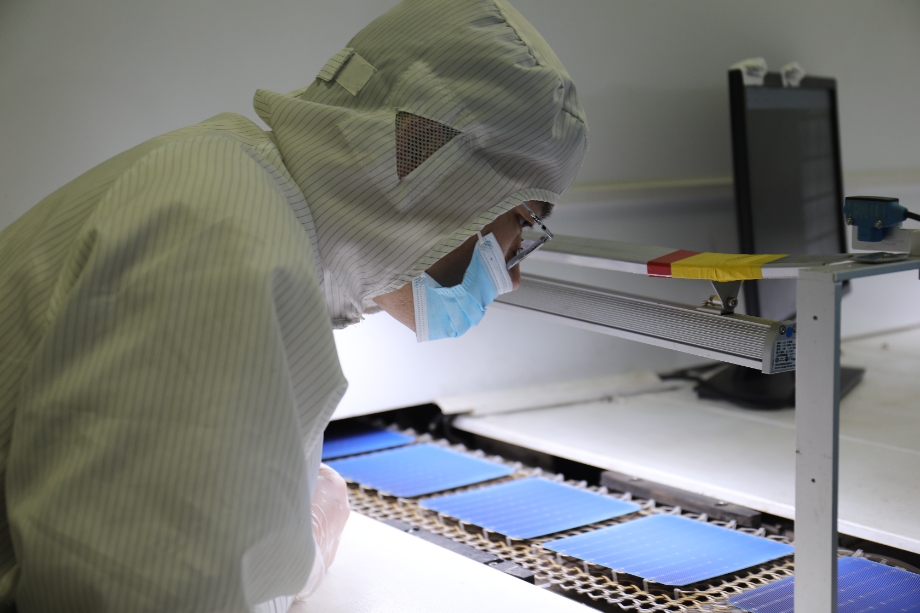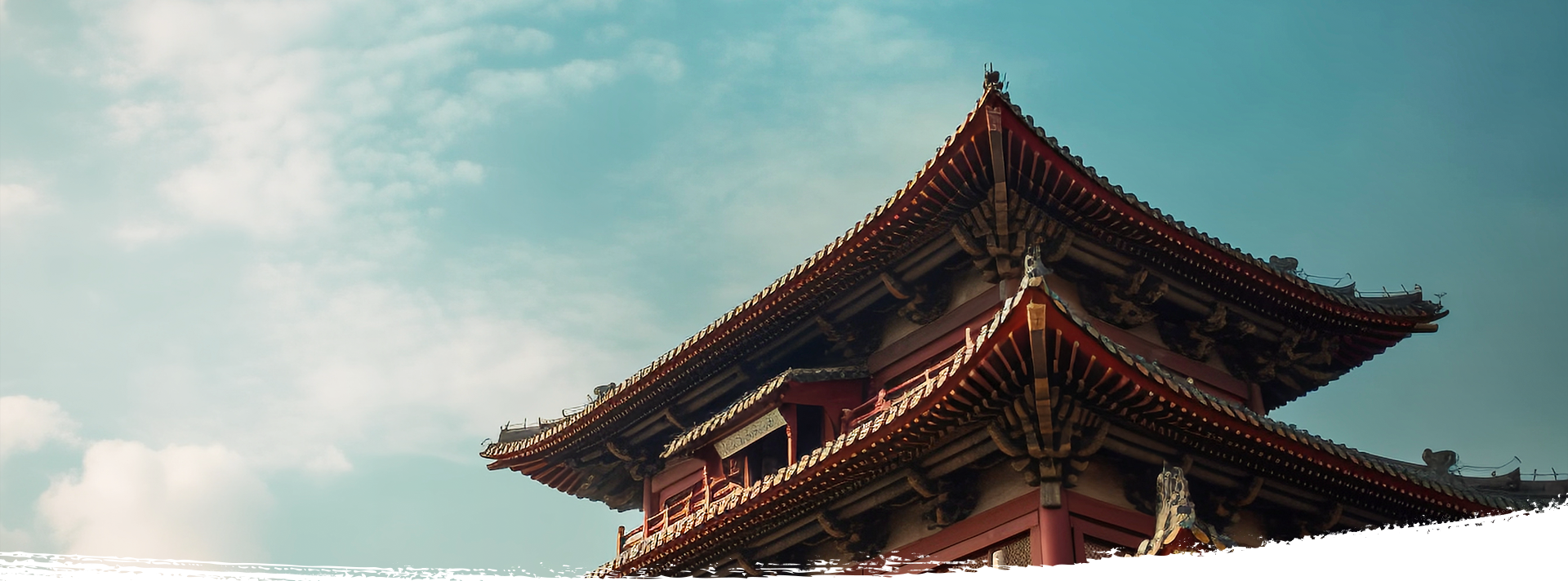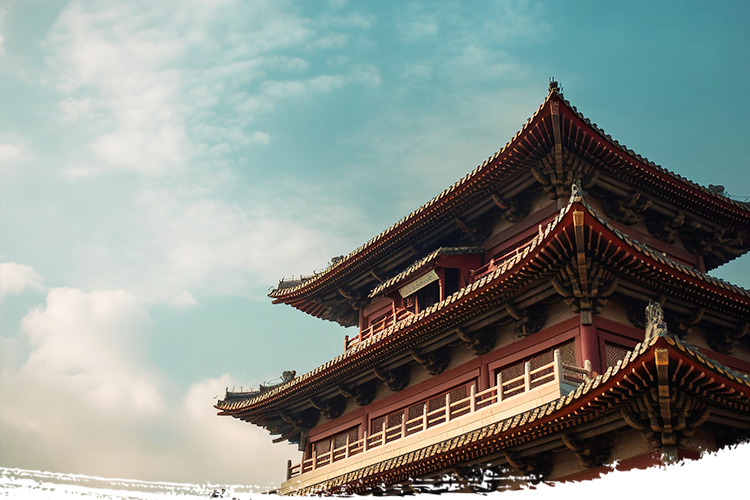How Long Do Solar Panels Last? A Comprehensive Guide
The lifespan of solar panels depends on the quality of their manufacture, climate conditions, installation, and maintenance.
Top-tier firms such as Luan Solar build their panels to function for over 30 years. The glass is tempered, and the frames are corrosion-resistant to ensure no damage in extreme circumstances. The company offers 30-year performance warranties and after-sales support.

Understanding Solar Panel Lifespan
Even though solar panels lose efficiency over time, they continue to produce power for at least 20-25 years. Two main factors determine their lifespan: degradation rate and climate conditions.
Degradation Over Time
Solar panels generally degrade by approximately 0.5–1% per annum, depending on sunlight conditions and temperature. However, owing to their sturdy materials and coatings, higher-end models lose only 10 to 20 percent of their output after 25 years.
Impact of Climate on Longevity
Extreme climate can wear out the material faster in the extreme heat. The cold climate will need the snow load resistance.
Components like screws and wires require corrosion protection to withstand salty air. However, modern panels have adapted to work in most environments.
Luan Solar’s 30-Year Lifespan Promise
Luan Solar panels are designed for ultimate reliability and long-lasting performance The firm has designed and tested them to work for a century.
Material Durability
Luan Solar has tempered glass and corrosion-resistant aluminum frames that are five times stronger than glass. These frames can endure hail, high winds and coastal conditions. The use of these high-end materials stops cheap panels from failing too often.
Rigorous Testing Standards
All panels were tested using accelerated aging tests. They were subjected to UV exposure, thermal cycling (-40°F to 185°F), and humidity chamber tests, which assures that the 30-year performance guarantee will be real-world.
30 Years of Comprehensive Support
Luan Solar offers complete lifetime support to ensure your system's maximum performance. The three-part support system guarantees the best energy production.
Performance Monitoring Technology
The integrated monitoring platform continually tracks energy output and automatically flags any deviations. This system will detect a problem before the production begins affecting the energy.
Scheduled Maintenance Program
Trained technicians inspect the panels twice a year, cleaning them to keep them in shape, checking their structure, and testing their electrical checks. We have these preventative measures to keep your system operating at peak efficiency and prevent minor problems from becoming big ones.
Industry-Leading Warranty Protection
● The 30-year warranty guarantees
● Replacement of panels with manufacturing defects entirely.
The panel will offer a power output of 85% or more until 25 years. All labor costs related to warranty repairs will be covered.
Maximizing Your Solar Panel Lifespan
With the right care and maintenance, solar panels can last much longer. Installation quality, maintenance, and components are the three factors that affect long-term performance.
Professional Installation Standards
Installation avoids damage, and ensures it works well. Systems should use commercial-grade mounting hardware to withstand the excesses of bad weather. They should be adequately spaced to allow for ventilation, reducing the effects of overheating. Installers must adhere to the manufacturer’s tilt angles and structural support requirements.
Effective Maintenance Practices
Regular maintenance preserves panel efficiency. Cleaning the equipment twice every year removes dirt and rubble, which can reduce output by at least 20 %. Snow should be removed gently in snowy regions to avoid excessive weight. Plants should be trimmed regularly so they don’t block the sun.
Quality System Components
Even if the panels are designed to last decades, the supporting equipment must be reviewed. High-quality inverters made by leading companies usually get replaced in 10-15 years. Using quality balance-of-system (BOS) components (such as wiring, connectors, etc.) prevents failures.

The Importance of Manufacturer Quality
Your choice of solar panel manufacturer will directly affect the longevity of the system and the ROI. Quality manufacturers comply with rigorous international standards and utilize superior materials that last decades.
Industry Certifications and Testing
Top-quality manufacturers get their products tested at independent testing labs. Panels undergo
● IEC 61215 certification to guarantee long-term durability against environmental stress.
● IEC 61730 testing for electrical safety and fire safety.
● Testing for PID resistance prevents power loss due to humidity.
● These certs ensure panels can withstand real-world 30+ of working.
Risks of Low-Cost Alternatives
Budget panels frequently compromise on critical components:
● Frames and mounting points that aren’t structurally sound cause failures.
● Harmful encapsulation materials permit moisture to enter and damage cells.
● Using low-grade silicon wafers with high impurity induces early degradation.
● Luan Solar and similar companies won’t make these trades off.
● Marine-grade aluminum frames for corrosion resistance
● Clear glass with an anti-reflective coating.
● Precision-engineered bypass diodes to prevent hot spots
Purchasing panels from certified manufacturers usually provides better value in the long run, even if they cost more. Those who take solar seriously will pay the premium due to its longer life, efficiency and warranty.
How long does a solar panel last?
Solar panels are not expensive; they make dollars and cents when considering their lifespan and payback period. Most quality solar panel systems will pay for themselves in 6 to 10 years through savings on electricity bills. This payback period varies based on several key factors.
After any incentives and rebates, the total installed cost directly affects system payback time. Cash purchases usually see faster returns than financed systems. People who pay more for electricity usually see the solar payback happen faster. This is because their solar panels offset the more expensive electricity from the grid. Solar panels that generate more electricity - like those in sunnier areas - have a faster payback period.
Systems that require little maintenance will preserve their cost advantage. After the payback period is reached, solar panels continue to generate free electricity for the remaining 25 to 30 years. A system that costs $20,000 and saves $2,000 yearly will pay for itself after 10 years. It will then continue to save the customer roughly $30,000-$40,000 over the next 15-20 years. The long-term advantage of solar panels makes them one of the most trustworthy home investments today.
Environmental Benefits of Long-Lasting Panels
Sturdy solar panels don’t just generate green energy but also have other environmental benefits. High-quality panels lasting for more than 30+ years have significant ecological benefits.
1. Reduced Electronic Waste
Short-lived panels exacerbate the e-waste crisis caused by the solar industry. Panels that last 30+ years bring a cascade of benefits. If your panels operate ‘til the cows come home, they won’t add to the growing e-waste problems affecting the solar industry. Newer panels use more recyclable materials, reducing their impact on the planet at end-of-life.
2. Conserved Natural Resources
Making solar panels requires a lot of raw materials and energy. When a panel works for 30 years instead of 15, the resources needed for every kilowatt hour are halved. This includes
● Silicon and other semiconductor materials
● Aluminum for frames
● Glass for protective covering
● Rare metals used in electrical components
3. Sustained Carbon Reduction
Solar panels can offset carbon their entire lifetime. A 30-year-long system saves much more fossil fuel than one replaced every 15 years. This long operational period helps the system compensate for the carbon emissions generated in its manufacturing and installation.
4. Lower Lifecycle Environmental Impact
The entire lifecycle of solar panels should be considered for their environmental footprint. Long-lasting panels extend their production impact over more years of clean energy, resulting in.
● Lower emissions per kilowatt-hour
● Reduced transportation impacts from fewer replacements
● Less energy is consumed by recycling processes
It helps alleviate environmental issues resulting from the production of.
● Advanced durability testing
● Recyclable material selection
● Energy-efficient production methods
● Extended warranty coverage
The marriage of all these things makes an investment in good-quality solar panels that last a long time an environmentally and financially sound choice for a house owner who wants to maximize his benefits over the decades.
The Bottom Line
Solar panels are a multi-decade investment. Most stay functional for 25-30 years. However, their actual lifespan is influenced by several factors, including installation, upkeep, and manufacturer quality. Luan Solar and other top brands use the best materials and perform rigorous testing. They back their products for 30 years, maximizing your return.
Ready to explore durable solutions? Find out how long solar panels last and how partnering up with a reliable solar panel manufacturer ensures decades of green energy.

















